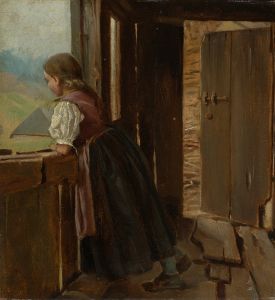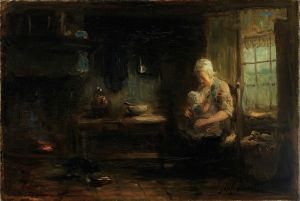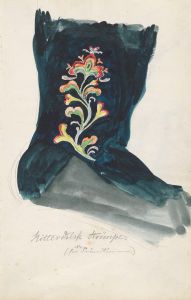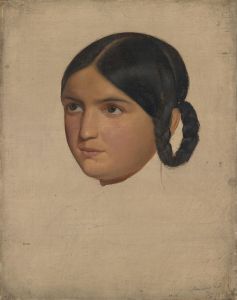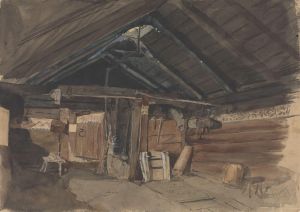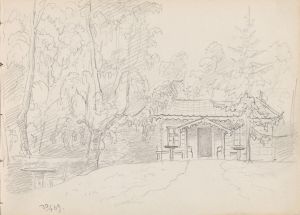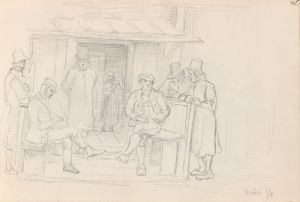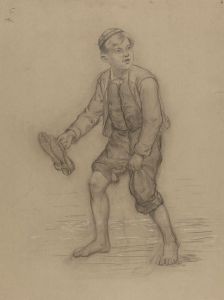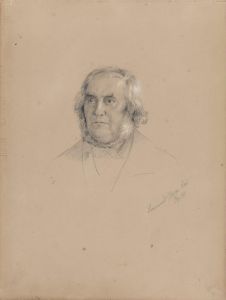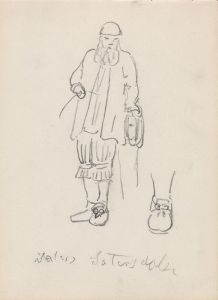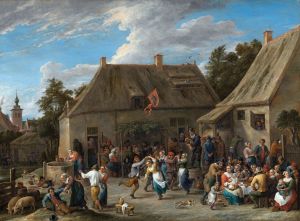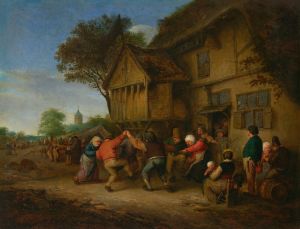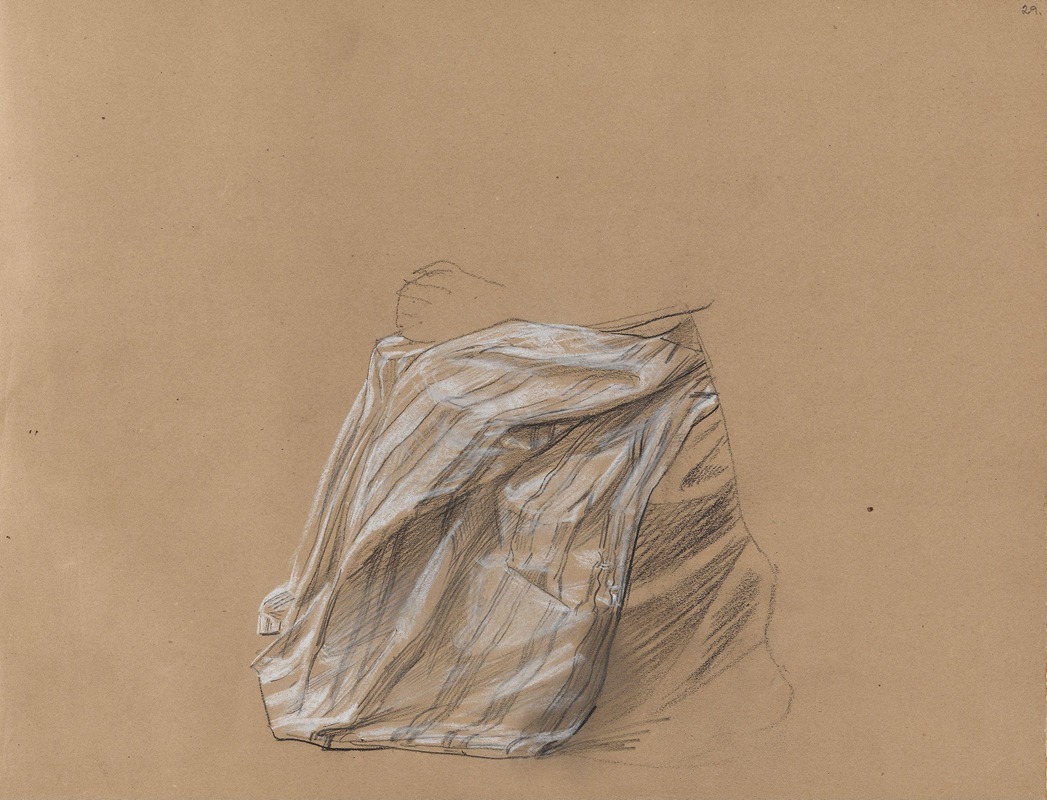
Studie av stakk
A hand-painted replica of Adolph Tidemand’s masterpiece Studie av stakk, meticulously crafted by professional artists to capture the true essence of the original. Each piece is created with museum-quality canvas and rare mineral pigments, carefully painted by experienced artists with delicate brushstrokes and rich, layered colors to perfectly recreate the texture of the original artwork. Unlike machine-printed reproductions, this hand-painted version brings the painting to life, infused with the artist’s emotions and skill in every stroke. Whether for personal collection or home decoration, it instantly elevates the artistic atmosphere of any space.
"Studie av stakk" (Study of a Petticoat) is a painting by the Norwegian artist Adolph Tidemand, created in the 19th century. Adolph Tidemand (1814-1876) was a prominent figure in Norwegian art, known for his detailed and evocative depictions of Norwegian folk life and traditions. His works often focused on the everyday lives of rural Norwegians, capturing their customs, clothing, and environments with great accuracy and empathy.
The painting "Studie av stakk" is a fine example of Tidemand's dedication to portraying traditional Norwegian attire. The term "stakk" refers to a type of traditional Norwegian skirt or petticoat, which was a common element of women's folk costumes in various regions of Norway. These garments were often richly decorated and varied in style depending on the specific local traditions.
In "Studie av stakk," Tidemand meticulously captures the texture and details of the fabric, showcasing his skill in rendering different materials and his keen eye for the nuances of traditional clothing. The painting likely served as a study or preparatory work for a larger composition, as Tidemand often created detailed studies of individual elements before incorporating them into his more complex genre scenes.
Tidemand's interest in Norwegian folk culture was part of a broader national romantic movement in the 19th century, which sought to celebrate and preserve the unique cultural heritage of Norway. This movement was a response to the country's political situation at the time, as Norway was striving for greater independence and a distinct national identity after centuries of union with Denmark and later Sweden.
Throughout his career, Tidemand traveled extensively within Norway, visiting rural communities and documenting their way of life. His works provide valuable insights into the customs, traditions, and daily activities of 19th-century Norwegian society. "Studie av stakk" is a testament to his commitment to this mission, highlighting the beauty and significance of traditional Norwegian dress.
Adolph Tidemand's contributions to Norwegian art and culture were widely recognized during his lifetime, and his works continue to be celebrated today. His paintings are held in high regard for their historical accuracy, artistic quality, and cultural significance. "Studie av stakk" remains an important piece within his oeuvre, exemplifying his dedication to capturing the essence of Norwegian folk life.
In summary, "Studie av stakk" by Adolph Tidemand is a detailed study of traditional Norwegian clothing, reflecting the artist's broader interest in documenting and celebrating the cultural heritage of Norway. Through his meticulous attention to detail and commitment to authenticity, Tidemand has left a lasting legacy in the world of art and cultural history.






